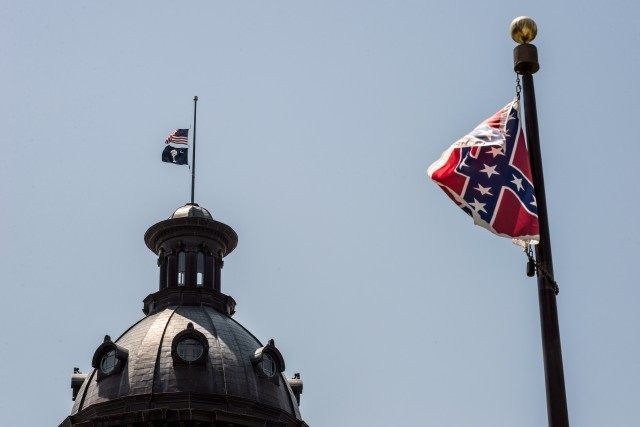From David French writing at National Review:
Like many Southern boys, I grew up with two flags hanging in my room — an American flag and a Confederate battle flag. The American flag was enormous, taking up much of one wall. It was the “1776” flag, with 13 stars in a circle in the field of blue. My grandmother bought it for me on the bicentennial, and for years it was a treasured possession. The flag took on a special meaning later in life, when I learned more of a family history that included service with General Washington, suffering at Valley Forge.
The Confederate battle flag was much smaller, and it hung over my bookshelf. We bought it at the Shiloh battlefield in Tennessee, where one of my Confederate ancestors fought and where Albert Sidney Johnston died — the general that many considered the great hope of the Confederate Army in the West. My Confederate forefathers went on to fight at Vicksburg, at the battles of Franklin and Nashville, and in countless skirmishes across Tennessee and Mississippi. I grew up looking at old family pictures, including men who still wore their Confederate uniform for formal portraits — long after the war had ended.
Like many Southern families’, my family’s military story didn’t end with the Civil War — it continued on to World War I, the European theater in World War II, the Cuban Missile Crisis, and then to my own recent deployment during the Surge in Iraq. The martial history of our family is inseparable from the family story, and it includes men in gray.
Read the rest of the story at National Review.

COMMENTS
Please let us know if you're having issues with commenting.